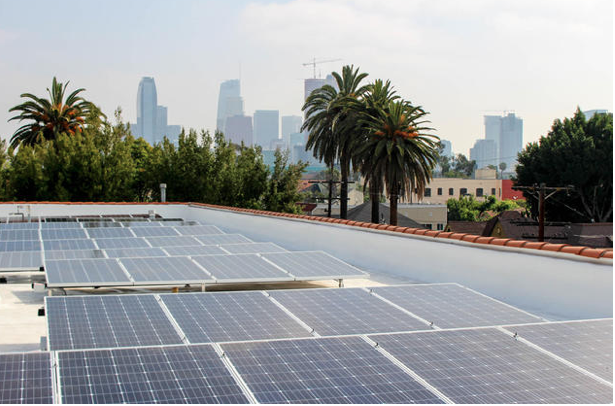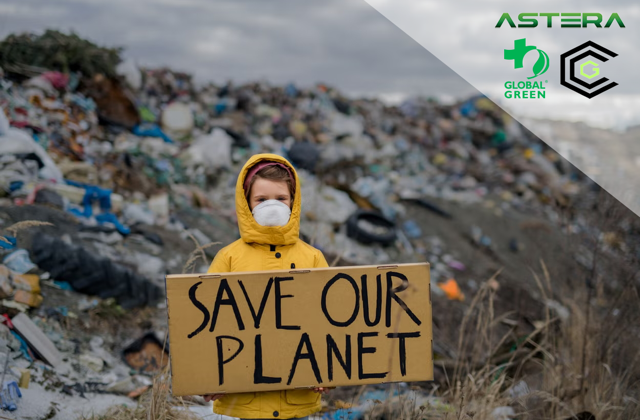
June 26, 2018 Maria Stamas
New funding will expand access to energy efficiency programs to multifamily housing renters
The Los Angeles Department of Water and Power (LADWP) – the nation’s largest municipal utility – today voted to invest $100 million over five years to improve energy efficiency in lower-income rental housing, ensuring those who most need electricity bill savings will see some relief. LADWP also allocated $10 million for new shared solar facilities, further ensuring benefits from California’s clean energy economy can reach all residents, including renters.

This is the largest single allocation of energy efficiency funding aimed at affordable apartments in California – as well as the biggest nationally for one metropolitan region served by a municipal utility. The announcement follows years of advocacy from the Energy Efficiency for AllCoalition in California, comprised of advocates in the housing, labor, social justice, and clean energy sectors, including the Los Angeles Alliance for a New Economy, Natural Resources Defense Council, California Housing Partnership, and Global Green, among others. Energy Efficiency for All California collectively works to advance healthy and affordable energy efficiency solutions for underserved Los Angeles renters.
The new LADWP funding was allocated as part of a broad motion that included a reduced investment to repower an out of state fossil fuel plant. NRDC supports the clean energy investment for underserved renters, but unfortunately the new investment in a large gas plant is unlikely to be a good long-term strategy for the city.
What this means for customers
Details about the specific programs that will be funded are yet to be determined. However, if LADWP allocates these funds to augment two of the most successful efficiency programs in its service area, the Home Energy Improvement Program (HEIP) and the Community Services and Development’s Multifamily Low-income Weatherization Program (LIWP), we can expect 45,000 households or 200,000 Angelenos to benefit from collective bill savings worth $130 million. Each household served would receive electric bill savings worth an average of $200 a year.
We can also expect the creation of hundreds of high-quality good jobs to deliver these services via the HEIP program, as well as savings in customers’ pockets that can then be spent in the local economy, creating even more jobs.
The HEIP program offers direct install efficiency measures, such as LEDS, bathroom fixtures, and carbon monoxide detectors, primarily for single-family households, and includes installers that are part of LADWP’s landmark Pre-Craft Trainee program, which provides an apprenticeship offering via IBEW Local 18. The LIWP program installs comprehensive energy efficiency and solar measures for affordable housing properties, reducing bills by an average of 44 percent for participating customers.
Overall, this new allocation of funding will play a key role in helping LADWP, which serves over 4 million people, achieve its equity goals and contribute to the city’s implementation of the Sustainability Plan, which includes achievement of carbon neutrality by 2050.
Why it matters
Los Angeles has made great strides in growing a clean energy economy with a focus on improving energy efficiency in buildings and powering them with renewable energy, such as solar and wind power. However, investments to make our buildings healthier and more affordable have yet to reach 1 million of the city’s most economically vulnerable renters.
What’s more is that LADWP observed great discrepancies across its population once it established its Equity Metrics Data Initiative to track, measure, and report on how its programs were reaching all customers and residents in Los Angeles—the first of its kind in the nation. It found that higher-income customers were receiving the majority of benefits in rebate programs, with notable gaps in underinvested areas of the city, such as Boyle Heights and Central Los Angeles.
This vote is a concrete step toward resolving those discrepancies. Renters are the hardest hit by California’s unprecedented housing crisis, pay the highest percentage of their income on energy bills, and bear the brunt of climate change and pollution. The high energy cost burden from utility bills can force lower-income renters to make difficult tradeoffs between utility services and other basic needs like food or medical care. This is also evidenced by the high level of utility shut offs and homelessness in Los Angeles, which is known as one of the nation’s worst cities for renters.
LADWP’s announcement today shows that the utility is truly committed to ensuring all of its customers benefit from its solar and energy efficiency programs. Next, the utility will need to develop a specific plan to deliver these investments effectively. NRDC and our coalition partners stand ready to work with LADWP program staff every step of the way.




